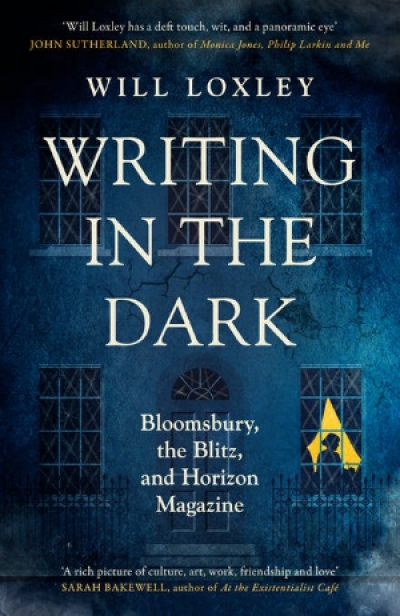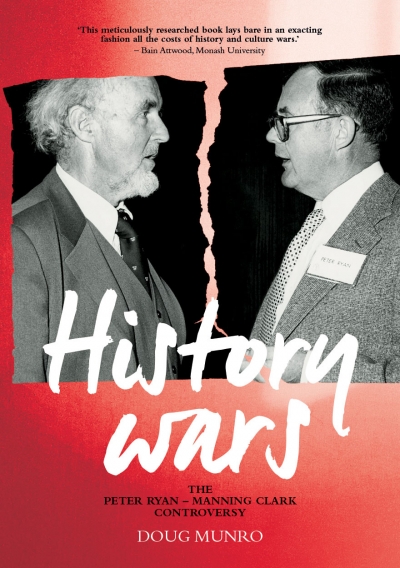Publishing
I hope to write about the ABPA’s 1979–80 design awards in this issue, but my deadline has arrived and news of the winners has not. From the eligible titles that I have seen, my own choice as Book of the Year is Emily Hope’s The Queen of the Nágas, published in an edition of 500 copies by Nomad Press, of Melbourne, and distributed by William Collins.
... (read more)The Australian book is by and large a good-looking piece of merchandise. Surveying the pile of Christmas titles that thudded onto my desk right till the end of the year, I am struck by the air of careful grooming that most of them possess. Could one have said that of the Christmas books of 1968? Sophistication and confidence have advanced hand in hand and taken Australian publishing over. However, some books that I have looked at closely have proved disappointing in points of detail. It seems that the abundant skill which is at work in making books is often hard-pressed by the need for high productivity. Too little time, too many slips showing. To distinguish between avoidable carelessness and the unforeseeable mishap is a problem for the reviewer of book production.
... (read more)At the presentation of the Australian Book Publishers Association design awards for 1977–8 in Sydney last April, during a cocktail party at the association’s annual conference, I was struck by the inattentiveness of the gathering. A representative of the P&O Company, awarding for the first time a prize of $1000 for the book of the year (The Birds of Paradise and Bower Birds, published by William Collins, designed by Derrick I. Stone), could scarcely be heard above the party chatter. It seemed that many publishers who were present did not feel obliged to pay attention, their complacency abetting rudeness. One could almost hear them saying, ‘Well, yes, this was a disaster area up till the sixties, but we’ve fixed it now. Everyone knows that Australian books today are the equal of the world’s best.’
... (read more)Over the last few years Australia has undergone a nationalistic cultural renaissance. Just as manufacturers have discovered that the addition of the Advance Australia logo has added a healthy percentage to retail sales, so too the ‘manufacturers’ of popular culture have discovered a more receptive home market, which has helped them weather the recession better than other industries.
... (read more)While the art of the ghost writer has a long and honorable history, the court case concerning the extent of Graham Yallop’s responsibility for the book on the recent test series raises a number of general issues apart from the outcome of this particular dispute. At its best, the practice of ghost writing enables the general public to share the experiences of people who have had interesting lives but do not command the verbal skills necessary to constructing a book. Yet the ghost writer may also be the unacknowledged creator of the characters who figure in his work. Few politicians now will risk either the off-the-cuff remark or even the considered epistle, so that the contest of political leadership can degenerate to a trial of speechwriters’ skills. The most proficient comedians are, of course, creatures of their scriptwriters, but they at least exact nothing from us but our laughs. As our sportsmen and women become media figures there is a danger that the players as well as the game will be taken over by the media barons, with the ghost writer acting as puppet master. Fortunately, cricket, a sport which seems able to elicit passions altogether out of proportions with the leisurely pace of the game, has always had players who are as much at home with words as with bat and ball. One of these, Jack Fingleton, was the subject of a review last month; another, Frank Tyson, is a regular contributor to our pages. Their individuality provides some security that the age of the manufactured human is not yet quite triumphant. It would seem, however, that in a world of instant media heroes, publishers have a responsibility to their readers to tell them whether the words they are reading belong to the ostensible author or to an unseen ghost.
... (read more)Ten years ago, as I prepared to leave for three months in New York, an Australian friend resident in the USA sent a brochure about a new kind of portable typewriter which she said might be worth my buying. The machine could memorise a whole line of type which could be corrected by being viewed in sections through a panel capable of displaying sixteen letters or spaces. When I reached New York, she warned me off that model. An even better version would be available before I left town, one able to memorise an entire page.
... (read more)The Australian Bookseller & Publisher serves as the trade magazine for the Australian publishing and bookselling industry. It derives a substantial amount of its revenue from the advertisements that publishers place in it.
... (read more)


